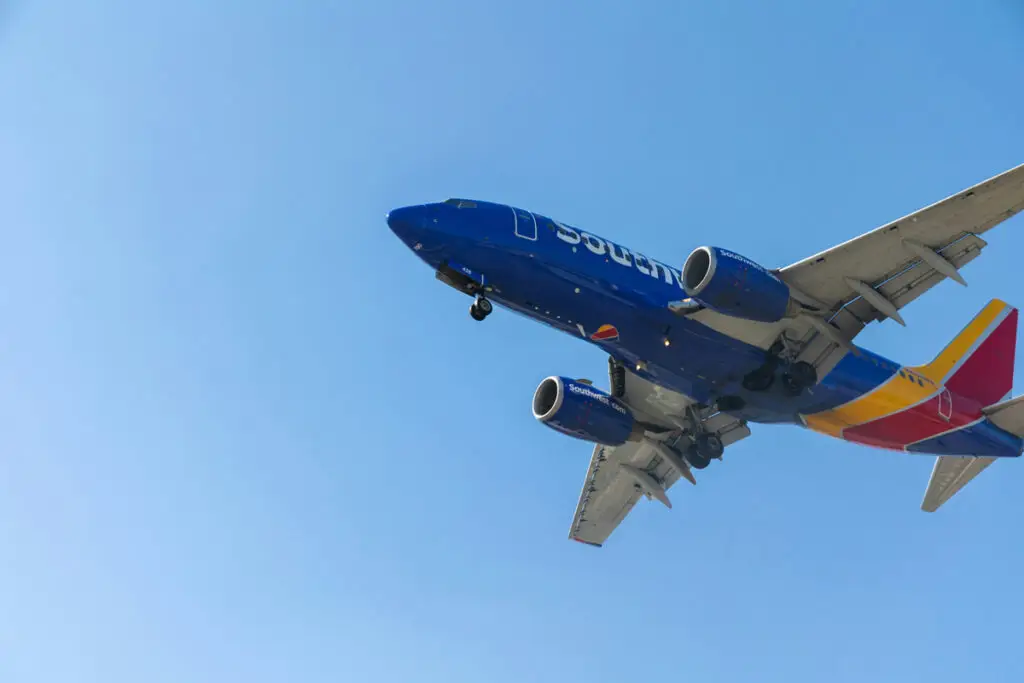A brand is a terrible thing to waste. It can also be a rewarding yet tiring thing to create. This total package of concrete and abstract things and emotions can seem daunting—like trying to catch fog. To create a memorable brand, you need to balance key elements such as your mission, customer needs, and unique identity. The good news is that you can start to craft a clear picture of what your brand should be by asking yourself a few key questions.
How to define your brand?
Start by answering, “What do we do and why does it matter?” This can be simple if you let it. Keep things focused, but always consider why it matters to your customers. If parts of your business lack a clear purpose, they can dilute your efforts to create a memorable brand.
Example: Patagonia is a perfect example of a brand with a clear mission. They make outdoor apparel, but their commitment to environmental conservation is what sets them apart. Their slogan, “We’re in business to save our home planet,” explains not just what they do but why it matters, creating an emotional connection with their audience.
For your business, it might sound like this: “We make damn good gourmet cupcakes. It matters because we love to make people smile, and we believe a cupcake can brighten anyone’s day.”
Building brand identity design to connect with customers
Next, ask, “Who are our customers, and what do they expect from us?” Sometimes you want everyone to be your customer, but targeting the right audience is essential for developing loyalty.
Example: Consider Apple, whose customers expect innovation, simplicity, and premium quality. Apple doesn’t try to appeal to everyone—they focus on individuals who value cutting-edge technology and are willing to pay a premium for it.

For a gourmet cupcake shop, your target customers might work hard, play hard, and value quality. They walk into your shop expecting beautifully designed, one-of-a-kind cupcakes they can’t find anywhere else. Meeting these expectations helps solidify your brand identity design and builds loyalty.
How to differentiate and exceed expectations
What makes you different? Your ability to stand out from competitors is vital in creating a memorable brand.
Example: Southwest Airlines excels at differentiation through its customer service. While many airlines compete on price or perks, Southwest focuses on friendly service, no baggage fees, and a fun, approachable brand voice. This makes them a favorite among budget-conscious travelers who still want to feel valued.

In a crowded cupcake market, differentiation could mean offering flavors inspired by global desserts, hosting cupcake decorating events, or even partnering with local charities to make your brand irreplaceable in your community.
Brand development takes time. Though you want to solidify your identity, remember that it is a living thing. As your business grows, your brand will evolve, but staying true to your mission will help you adapt without losing clarity.
Check out what our typical brand development process looks like.

